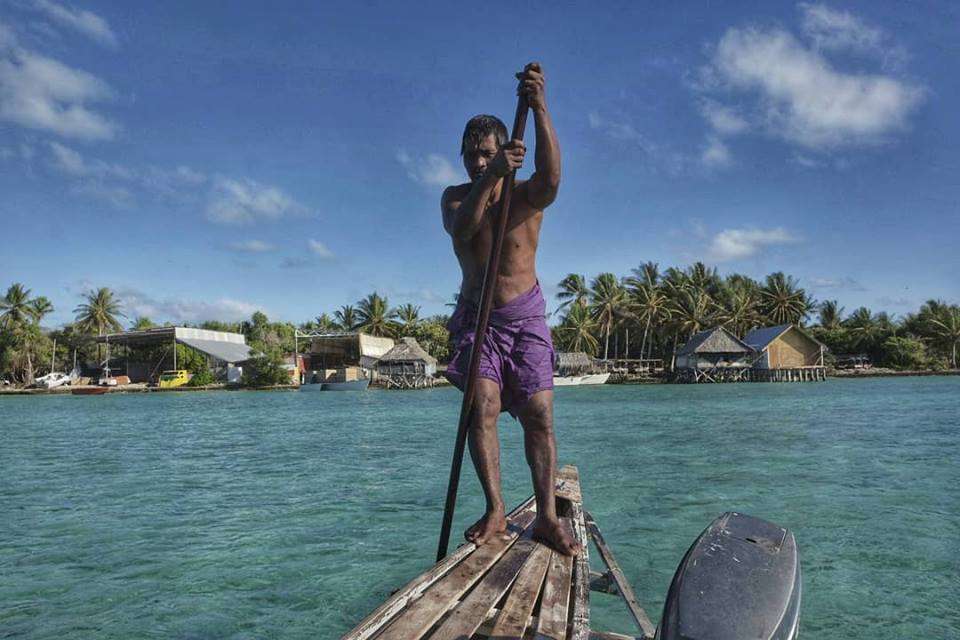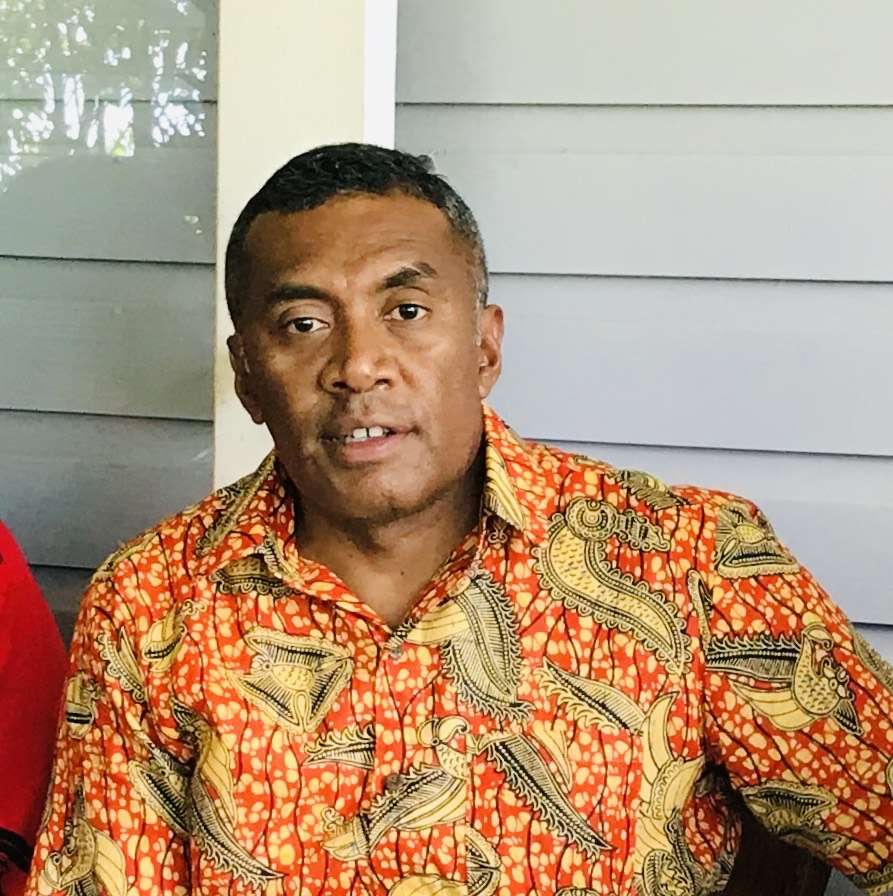
At DT Global, learning and innovation are two of our core values. As a company, we are shaped by our desire to constantly learn from our work and use what we learn to adapt future programming and innovate new ideas. Throughout the month of January, we’re highlighting what Learning and Innovation means here at DT Global: why we believe these two elements are crucial to our work, and how we incorporate them into every aspect of our culture and ethos.
USAID Ready is a five-year project, implemented by DT Global, that works with Pacific Island countries to become more resilient to climate change and disaster risks by supporting them as they develop and implement country-driven, coordinated, inclusive, and equitable climate action policies, plans, and adaptation interventions. We sat down with two key staff on our USAID Climate Ready team to ask them how learning and innovation plays a key role in our work in the Pacific Island region and helps us to have greater impact and improve even more lives.

Innovation to me means taking a lead in doing something special to add value to the overall tasks planned in my work.
Innovation can be a tool – it helps to avoid delay in implementation or alleviate risks associated with the program.
Advance planning, sharing examples, establishing good relationship, transparency and accountability, and sharing results with stakeholders.

Innovation is about creating a space that can be used to inspire an individual to be creative to influence change in his or her surroundings. Innovation is about creating space for opportunities.
Climate Ready is ultimately about accessing climate finances. Climate Ready is about making a difference. The success of this program is measured by change, whether it is change in an individual or a group of individuals or sector or national level. The success of being able to access climate finance can - at the national level - be measured if it is utilized efficiently and effectively to implement a project or activity that will improve the resilience and livelihood of the individual or community.
I think the change in behavior of a community to allow inclusivity of vulnerable groups in any activity it does should continue to be encouraged. If there is to be real change then it is change to those who are most vulnerable in our communities, including women, youth, and people with disabilities, who should be encouraged in any development practice activity.